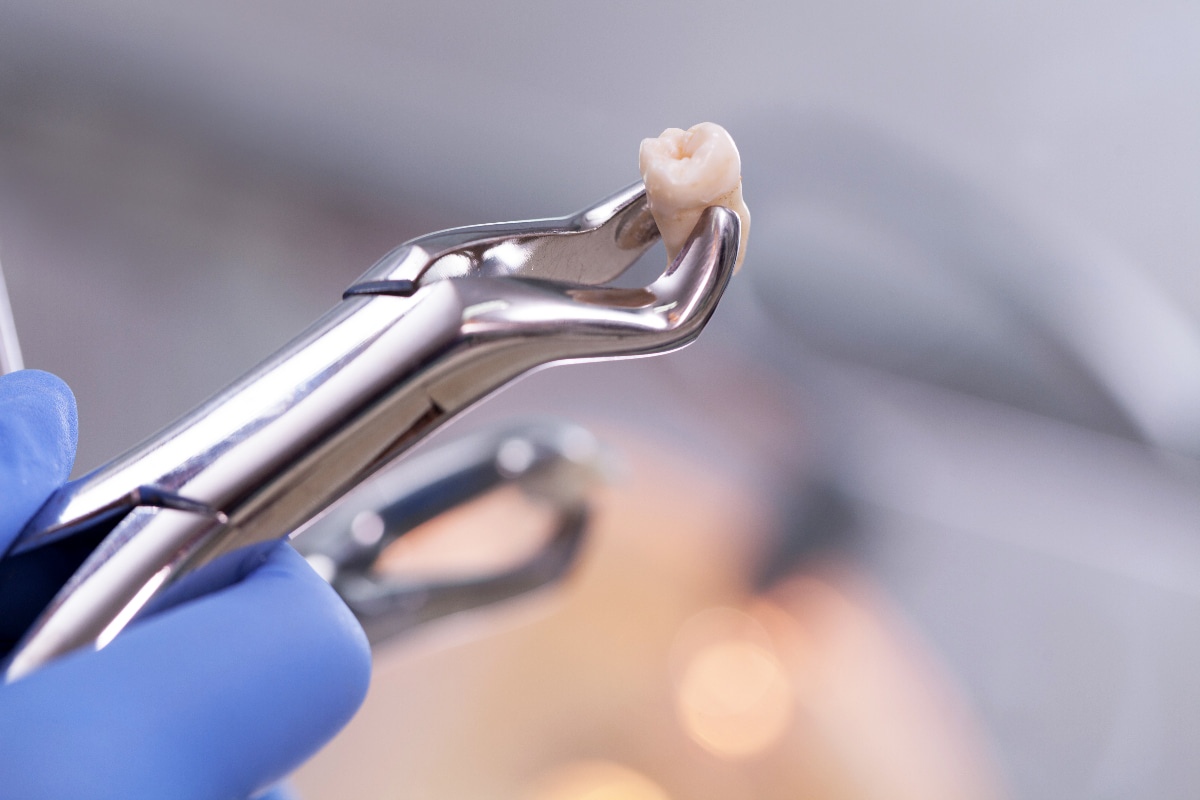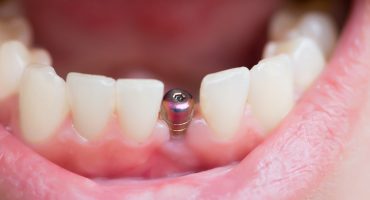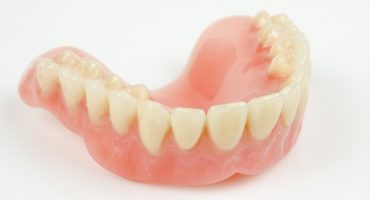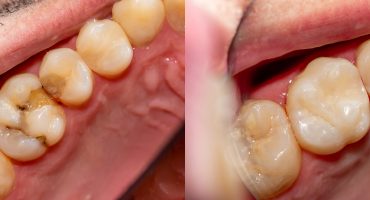Thanks to excellent narcotics pulling a tooth today is no longer painful. Its removal usually takes only a few minutes. Patients have to wait much longer for the anesthetic to reach their full effectiveness. Many are also worried about the anesthetic injection. Many a patient develops a veritable phobia.
No matter what the situation is, hardly anyone is pleased about the announcement of his doctor that a tooth is beyond saving. This is because the gap that has been created is usually associated with dental prostheses. It also takes some time for wound healing to complete. So it's worth taking the half-yearly recommended check-up. A regularly conducted examination book also has a favorable effect on the costs of dentures.




